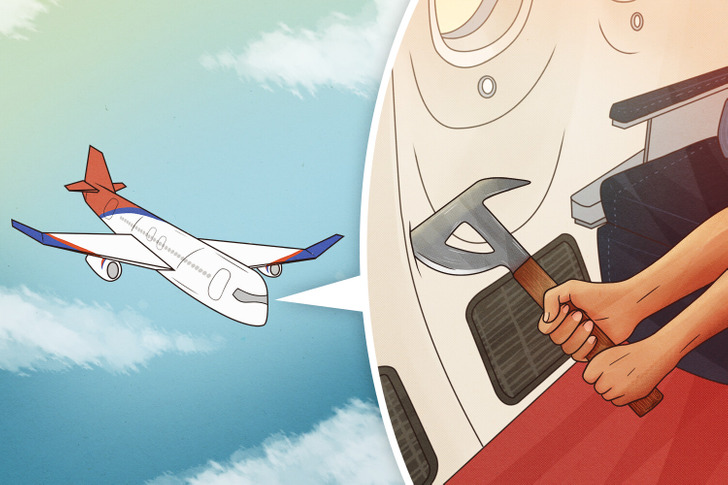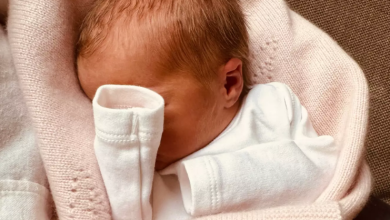There are many tips and tricks that can make your flight to any point in the world comfortable and easily accessible. For example, there is a simple trick that might save yourself from an awful jetlag if you are flying at a long-distance trip.
1. Don’t board first.
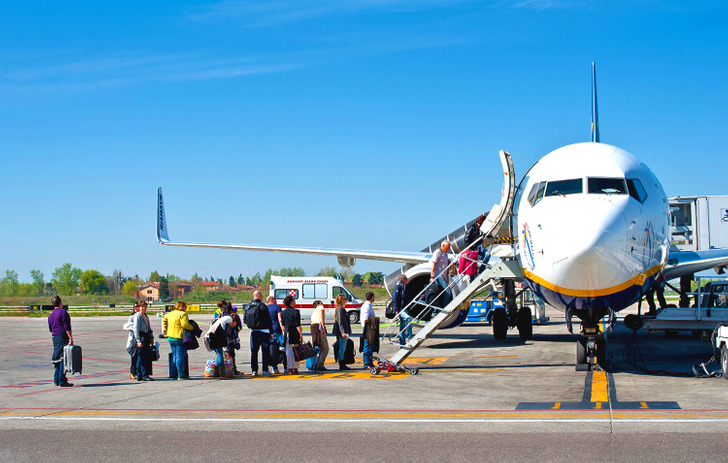
It is not bad to get on an airplane faster than anybody else. The only negative is that you end up sitting in the enclosed space of the aircraft for much longer. You basically waste 15-20 minutes of time that you could have spent in the waiting area of the airplane talking to your friend or talking on the phone with your partner.
2. Pilots don’t eat the same meal all the time.
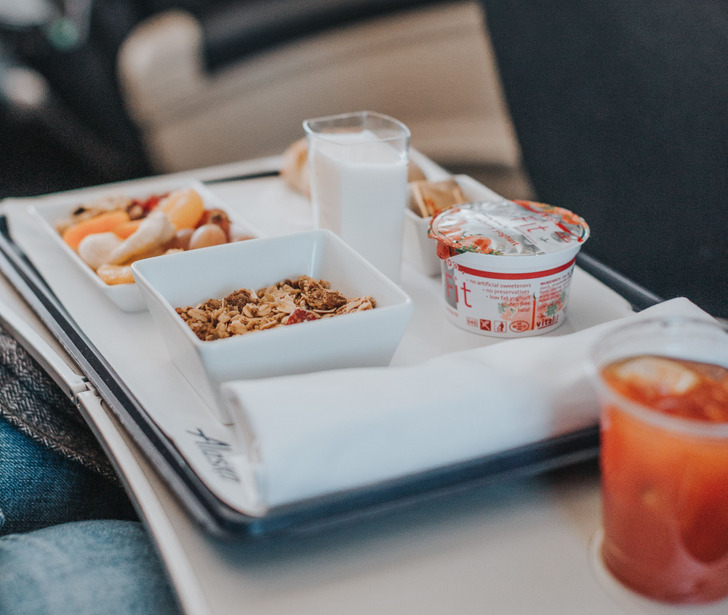
Sometimes airplane food might not be the best quality our there or even worse, it can be really bad. If both passengers and pilots eat the same thing, they can all feel terrible at the same time. To prevent both of them from being out of order, pilots are advised not to eat the same meal at the same time. In such a scenario, if one pilot feels bad, the other one can take over.
3. Airplanes are painted white for a reason.
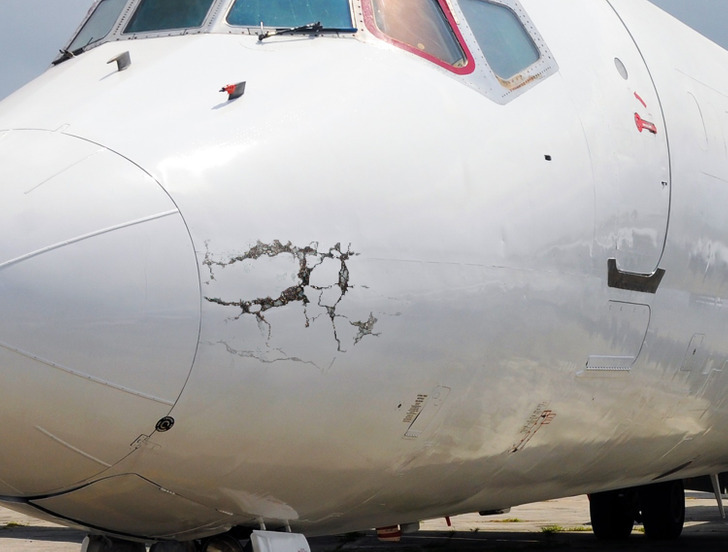
Planes are nearly always painted white and there are several reasons for this:
Heat reflection. If an aircraft is painted white, it accumulates less heat. This is better for passengers and economically profitable for airlines.
White paint is less expensive. White paint is way cheaper than other paint.
Preventing collisions with birds. Birds can see the reflection from white surfaces better and don’t often collide with airplanes for this reason.
White paint helps reveal even small cracks and dents. Imperfections are easily recognized in case of an accident, and it’s easier to notice damage.
4. Pilots don’t wear polarized sunglasses.
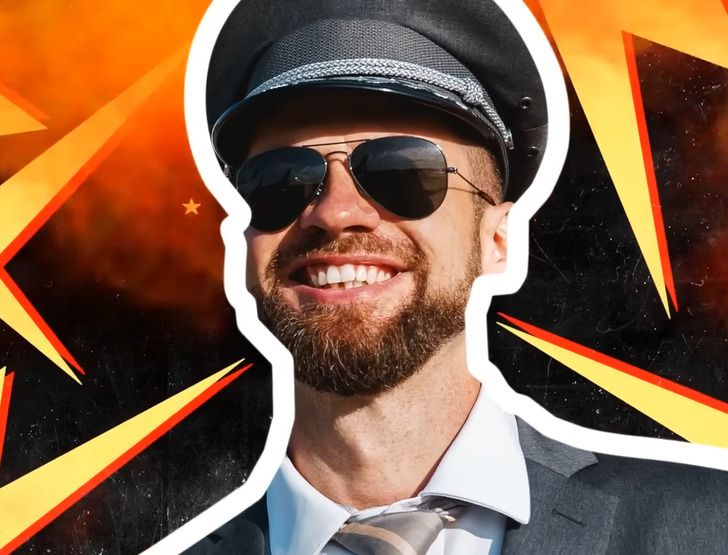
Aviator sunglasses look cool on pilots in movies, but in real life, they don’t wear polarized glasses. First off, they have a glare-reducing effect. This can cause some trouble in the cockpit. A pilot has to read instruments. But the stuff in the cockpit, such as LCD displays, emits polarized light.
So a pilot with those cool polarized glasses can’t read the displays with 100% efficiency. Pilots shouldn’t wear these glasses simply because of safety concerns. Imagine a shimmer of glare coming from another plane’s windscreen, but the pilot missed the sign because of polarized sunglasses.
5. You can use a crash axe for emergencies.
